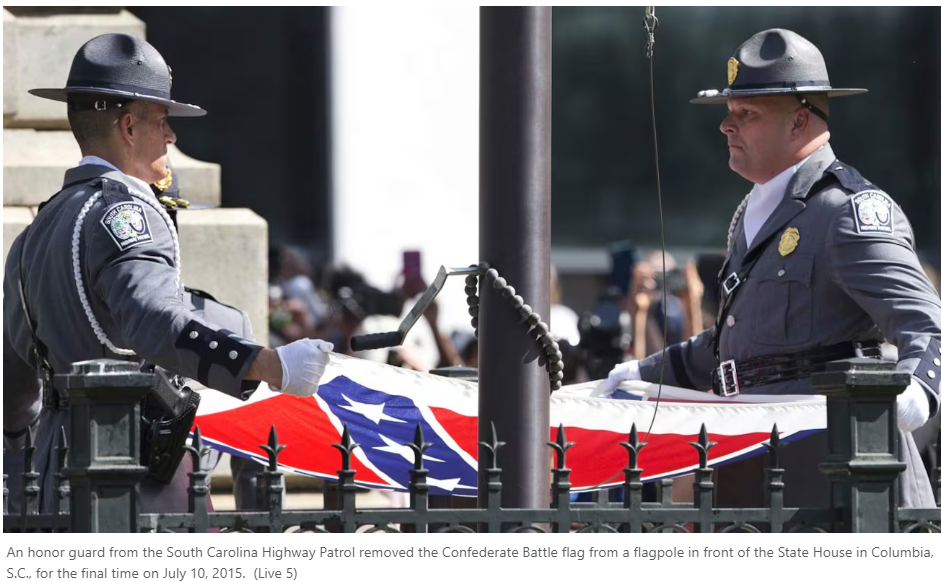Walt Whitman, who volunteered in military hospitals, knew the gruesomeness of the “real” Civil War firsthand. He described the war not as a glorious national crusade to defend the Union or to eradicate slavery, but rather as “an unending, universal mourning-wail of women, parents, orphans – the marrow of the tragedy concentrated in those Army Hospitals.”
He added that “it seem’d sometimes as if the whole interest of the land, North and South, was one vast central hospital, and all the rest of the affair but flanges.”

ISBN-13: 9781421409993
Publisher: Johns Hopkins University Press
Publication date: 7/28/2013
Pages: 400
“Marrow of Tragedy,” by Duke University’s Margaret Humphreys, is an immensely readable synthesis of what she terms “the greatest health disaster that this country has ever experienced.” Though recent scholars have placed the Civil War’s death toll at 750,000, Humphreys increases the death count to more than a million, adding estimates of freed people and slaves from war-related violence and disease.
Whereas previous Civil War medical histories emphasize surgeons and the primitive state of their understanding of contagion, disease prevention and medical and surgical therapeutics, Humphreys focuses on the conditions of the war’s wounded and ill soldiers, especially the care provided by women on both sides.
“Doctors were important,” she acknowledges, “but far more central for the mid-nineteenth century patient was the healing environment epitomized in the comfortable sickroom overseen by competent women.”
Until 1863, women dominated medical care in Union and Confederate hospitals. The men in their care signified “virtual” family members, reinforcing the woman’s traditional domestic role. Humphreys considers the Civil War hospital “a gendered space requiring tasks that were seen as feminized, even when performed by men.”
She notes that by war’s end, the Union successfully developed a general hospital system. The Confederacy’s inability to do so critically reduced its manpower supply and contributed to Southern defeat.
Adopting a “gendered approach” to Civil War health care, Humphreys underscores the importance of gender in determining the structure of medical care. Though men generally excluded women from the medical profession, Humphreys maintains that women nevertheless played a major role in curing sick Union and Confederate soldiers. Women understood the importance of nutritious food, adequate hydration, cleanliness, mental stimulation and moral encouragement. “These aspects of health care had been essential elements of the feminine sphere before the war,” she writes.
To illustrate her point Humphreys showcases the history of the U.S. Sanitary Commission (USSC), started by Northern women in April 1861. The USSC channeled “the healing power of women to the wounded and sick soldiers who so desperately needed it.”
Though men ran the organization, females infused its leadership with “the essentially feminine aspect of healing.” They preached the virtues of sanitation, stocked military hospitals with medicine and food, advocated the cause of prisoners of war and, during the postwar period, promoted American participation in the Geneva Convention. Humphreys interprets the USSC as representing “the feminine side of the northern war effort,” crediting it with “responding to the disastrous mess created by men.”
Humphreys stresses the progress in medical care achieved during the war. Drawing on Florence Nightingale’s accomplishments during the Crimean War, Union nurses transformed the best military hospitals into healing environments with open, well ventilated, sanitary wards. Improvements in transport from battlefield to hospital saved lives. Medical knowledge learned in the war also transformed public health, surgical practices and the broader acceptance of the germ theory in postbellum America. Postwar practitioners drew upon wartime discoveries on the power of disinfectants to prevent and heal infected wounds.
Though she fails to sustain her “gendered approach” throughout “Marrow of Tragedy,” Humphreys nonetheless broadens the cast of characters who answered the call to heal the Civil War’s sick and wounded.
John David Smith is the Charles H. Stone Distinguished Professor of American History at UNC Charlotte. His latest book is “Race and Recruitment: Civil War History Readers, Volume 2.”


